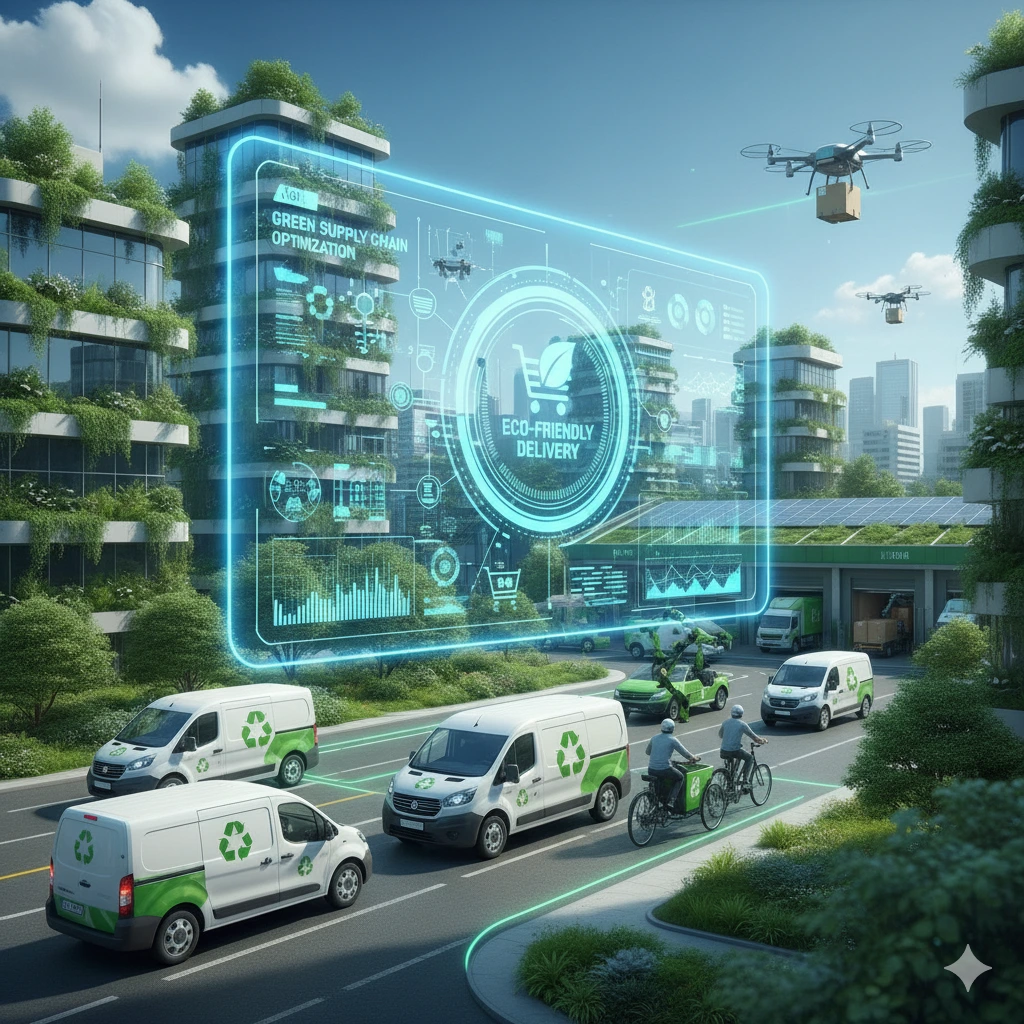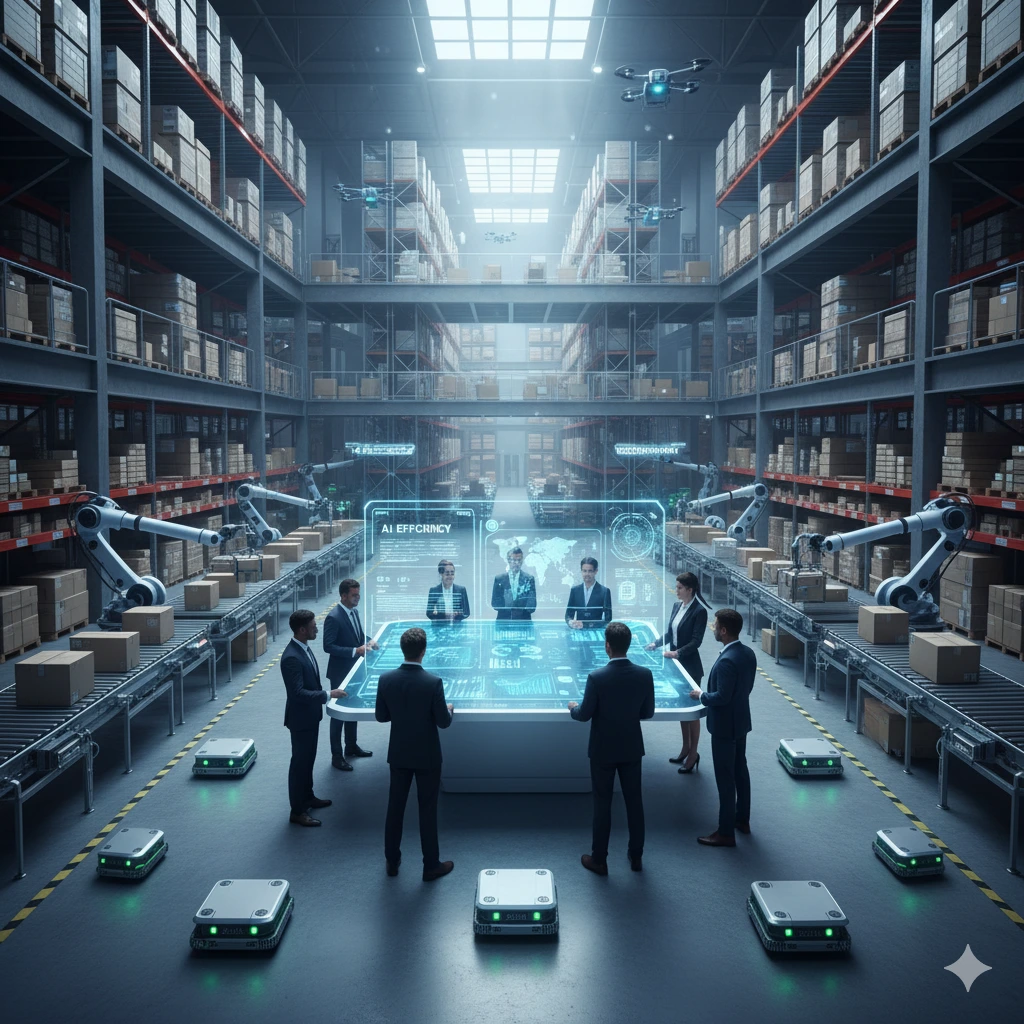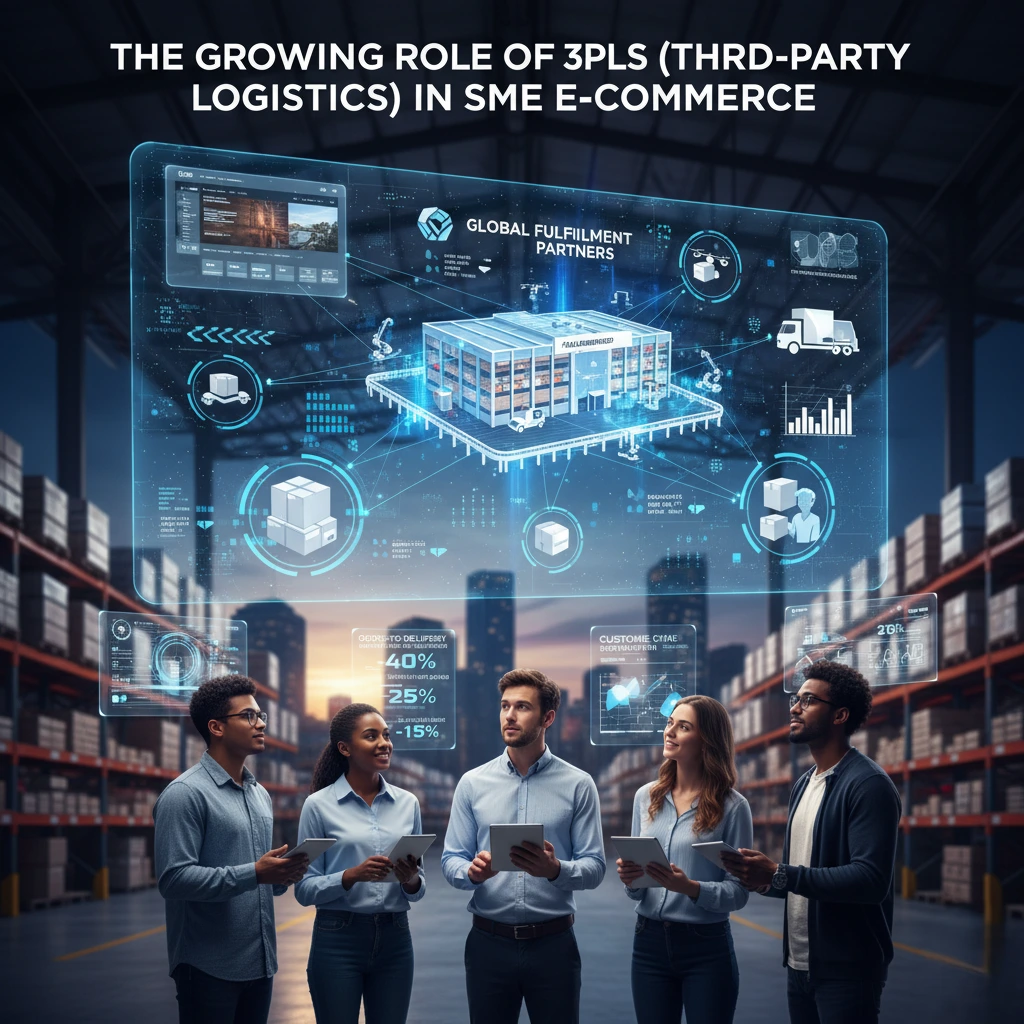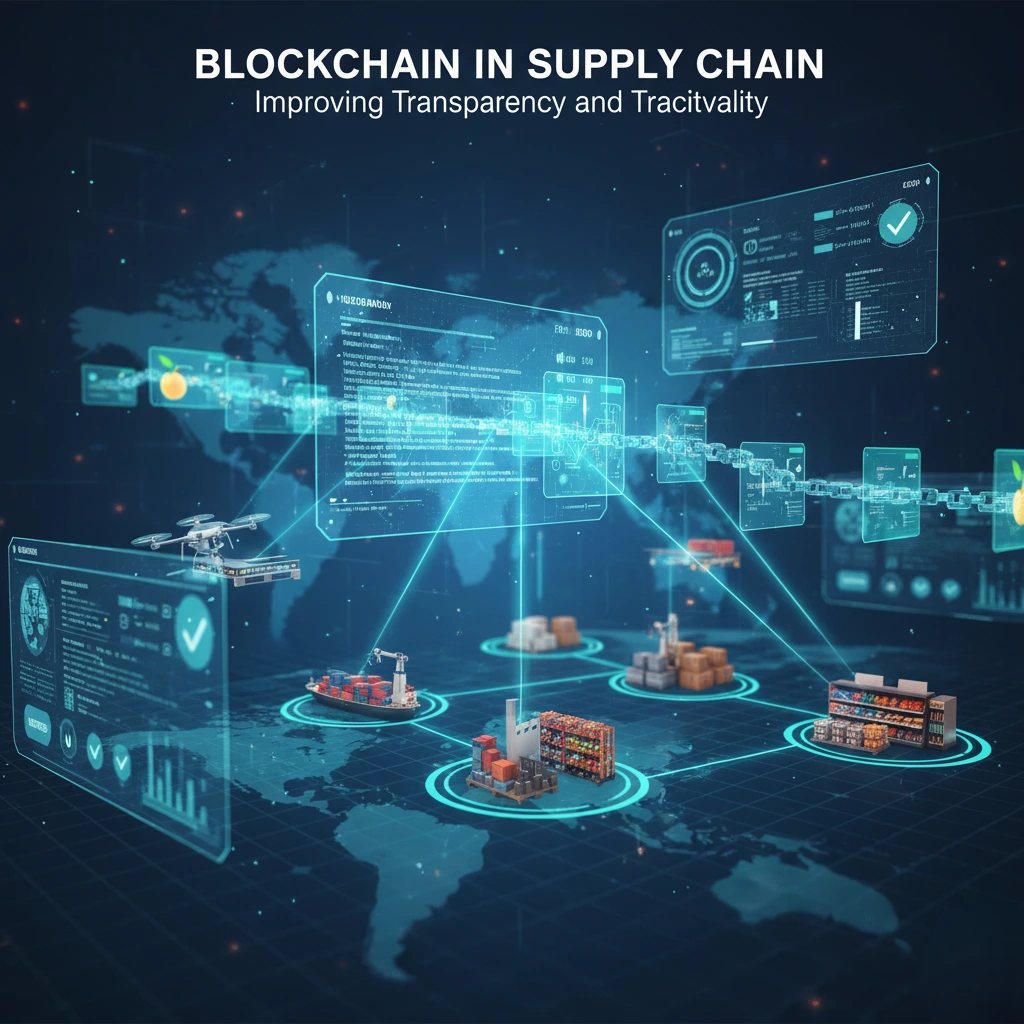The world of e-commerce is expanding at lightning speed, transforming how we shop, live, and consume. Yet, as digital shopping grows, so does its environmental footprint. From packaging waste to fuel emissions, every delivery comes at an ecological cost. In response, the concept of green supply chains has emerged as a powerful solution—reshaping logistics with sustainability at its core. Eco-friendly delivery is no longer a nice-to-have; it’s a business imperative driving the next era of responsible commerce.
The Environmental Cost of E-Commerce
While e-commerce offers unmatched convenience, it has also brought new sustainability challenges. The demand for fast, same-day delivery means more vehicles on the road, more packaging waste, and higher carbon emissions. Studies suggest that global logistics operations contribute significantly to greenhouse gas emissions, with last-mile delivery being one of the biggest culprits.
Every click-to-doorstep transaction involves energy-intensive activities: from warehouse lighting and air conditioning to the transport networks that bring goods to customers. When multiplied across billions of deliveries, the environmental toll becomes immense. That’s where green supply chains step in—to balance growth with responsibility.
What Are Green Supply Chains?
A green supply chain is a logistics system designed to minimize environmental impact at every stage—from sourcing raw materials to delivering the final product. It integrates sustainable practices such as renewable energy, eco-friendly packaging, efficient route planning, and waste reduction. The goal is not just operational efficiency but environmental stewardship.
In e-commerce, this means adopting cleaner technologies, optimizing transportation, and making conscious choices about packaging and materials. Businesses that invest in sustainability today are future-proofing themselves against rising regulations, fuel costs, and shifting consumer expectations.
Why Eco-Friendly Delivery Matters
Sustainability is no longer a buzzword; it’s a demand from conscious consumers. As awareness of climate change grows, customers are actively choosing brands that align with their values. Eco-friendly delivery isn’t just about protecting the planet—it’s about winning customer loyalty and long-term trust.
Growing Consumer Awareness
Modern consumers, especially millennials and Gen Z, are highly attuned to environmental issues. They prefer shopping with brands that demonstrate a genuine commitment to sustainability. Offering eco-friendly delivery options, such as electric vehicle shipping or minimal packaging, can significantly enhance a brand’s reputation.
In fact, surveys show that more than 70% of consumers are willing to pay a small premium for sustainable delivery choices. This shift in consumer mindset makes sustainability a strategic advantage for e-commerce players.
Corporate Responsibility and Regulatory Pressure
Governments around the world are tightening environmental regulations, pushing companies to reduce their carbon footprints. From stricter emission norms to packaging waste management laws, businesses must now rethink how they move goods.
E-commerce companies that proactively adopt green logistics practices are not only staying compliant but also building brand resilience. Corporate responsibility is becoming a key factor in long-term profitability, and sustainable logistics is at the heart of that transformation.
The Building Blocks of Green Supply Chains
Creating a green supply chain requires innovation, investment, and collaboration across the entire logistics ecosystem. From warehousing to last-mile delivery, every link in the chain must be optimized for sustainability.
1. Green Warehousing and Energy Efficiency
Sustainable warehouses are leading the charge in reducing logistics emissions. Companies are installing solar panels, LED lighting, and energy-efficient cooling systems to cut down on electricity use. Smart sensors and automation tools help monitor energy consumption and reduce waste.
Some leading e-commerce brands have even started designing carbon-neutral fulfillment centers, powered entirely by renewable energy. Green warehousing doesn’t just help the planet—it also lowers operational costs in the long run.
2. Sustainable Packaging Solutions
Packaging waste is one of the biggest environmental challenges in e-commerce. To tackle this, companies are shifting toward recyclable, biodegradable, and reusable materials. Paper-based mailers, compostable wraps, and minimalistic designs are replacing plastic-heavy packaging.
Brands are also experimenting with returnable packaging models, where customers can send back delivery boxes for reuse. This circular approach significantly reduces waste and builds stronger customer engagement around sustainability.
3. Electric and Alternative Fuel Vehicles
The transportation sector is a major contributor to carbon emissions. To create eco-friendly delivery systems, logistics companies are investing in electric vehicles (EVs), hybrid fleets, and alternative fuels like bio-CNG and hydrogen.
EVs are particularly well-suited for last-mile delivery, offering quiet, zero-emission operations within city limits. Several e-commerce giants in India and globally have committed to transitioning their entire delivery fleet to electric by the end of the decade.
4. Route Optimization and Smart Logistics
Technology plays a pivotal role in making supply chains greener. AI and machine learning enable companies to plan optimal routes, reducing travel distance, fuel consumption, and idle time. Real-time tracking systems help monitor fleet performance and identify inefficiencies.
By leveraging predictive analytics, logistics managers can anticipate demand spikes, optimize vehicle utilization, and minimize empty returns—significantly cutting emissions and costs.
5. Reverse Logistics and Recycling
Sustainability doesn’t end with delivery; it extends to returns and end-of-life management. Reverse logistics focuses on efficiently handling product returns, recycling, and refurbishing. Instead of discarding returned goods, companies can repair, resell, or repurpose them—creating a circular economy that benefits both business and the environment.
The Business Case for Green Supply Chains
Contrary to common belief, sustainable logistics isn’t just good for the planet—it’s good for business too. Companies that invest in green technologies often enjoy cost savings, brand differentiation, and long-term resilience.
Cost Savings Through Efficiency
Energy-efficient warehouses, optimized routes, and reduced packaging materials lead to significant cost reductions. As fuel prices rise, shifting to EVs or hybrid models offers major operational savings. Green initiatives often pay for themselves over time through improved efficiency and customer loyalty.
Enhanced Brand Value and Customer Loyalty
A brand’s sustainability commitment directly influences customer perception. Consumers are more likely to stay loyal to companies that prioritize environmental responsibility. Green supply chains not only attract eco-conscious buyers but also help retain them—building trust and emotional connection.
Competitive Advantage in a Crowded Market
In the hyper-competitive e-commerce landscape, differentiation is key. Businesses that pioneer eco-friendly delivery models stand out as leaders in innovation and responsibility. This differentiation can drive higher conversions, stronger partnerships, and long-term growth.
The Road Ahead: Toward a Sustainable Future
As e-commerce continues to evolve, green supply chains will play a central role in defining the future of retail logistics. Companies must embrace sustainability not as an afterthought but as a core business strategy.
Collaboration will be essential—between logistics providers, technology startups, policymakers, and consumers—to build infrastructure that supports clean energy and low-emission transport. The journey toward sustainable delivery is challenging but essential for creating a future where commerce thrives in harmony with the planet.
The next phase of e-commerce growth will not be measured solely by speed or scale, but by sustainability. Brands that commit to eco-friendly delivery and green supply chains today will shape the responsible, resilient, and profitable e-commerce ecosystems of tomorrow.




